Calculate Out-The-Door Price
close
Alignment
When your tires are properly aligned, your vehicle drives straight and your ride feels smooth. But when your tire alignment is off, then your whole vehicle feels off.
Poor tire alignment causes your vehicle to veer to one side or the other, even on a straight and level road. This can cause your tires to wear out faster and affect your car’s responsiveness—ultimately putting your safety at risk!
So, when do you need a tire alignment? If you experience any veering or notice uneven wear on your tires, the answer is immediately.
Otherwise, the general rule for when you should get a tire alignment is once per year. But that doesn’t apply to every vehicle.
Many situations can influence how often you should get a tire alignment. If you can answer "yes" to any of the following questions, it’s probably time to schedule a tire alignment sooner rather than later.
 Don’t worry about memorizing these angles, though. The seasoned pros at Tires Plus are ready to help!
Don’t worry about memorizing these angles, though. The seasoned pros at Tires Plus are ready to help!Some conditions could result in less frequent tire alignments. If you don’t put many miles on your car—say, 6,000 or so in a year—you’re likely okay with a slightly broader tire alignment service time frame.
If you answered "yes" to any of our questions or can't remember the last time you had an alignment, schedule an appointment for an alignment check and service.
And then, relax. We're service people, not salespeople. That means you won’t have to deal with any hard sell. At your local Tires Plus, you’ll get tire alignment service, professional insight, and helpful tips from a skilled technician.
So head on in. We'll keep your ride on the straight and narrow.
Schedule
Alignment
Jan 26, 2017
Learn more about your car's alignment, why it's important to maintain, & signs you may be in need of an alignment service, from your friends at Tires Plus!
Read More
Alignment
Feb 11, 2019
You've heard wheel alignment is important, but do you know why? Learn what car wheel alignment is, when your car needs it, and why it matters, with Tires Plus!
Read More
LOAD 3 MORE
SHOWING 6 OF 12
Alignment
Jan 26, 2017
Learn more about your car's alignment, why it's important to maintain, & signs you may be in need of an alignment service, from your friends at Tires Plus!
Read More
Alignment
Feb 11, 2019
You've heard wheel alignment is important, but do you know why? Learn what car wheel alignment is, when your car needs it, and why it matters, with Tires Plus!
Read More
Alignment
Nov 30, 2018
Can't remember the last time you had an alignment? Learn more about your tire alignment time frame and when to head in for service at your local Tires Plus.
Read More
{{storeNumber}}
{{storeName}}
{{link-icon "Call Us" mobileCallLink null "call-cta"}} {{link-icon "Directions" directions "_blank" "directions-cta"}}
{{address}}
{{city}}, {{state}} {{zip}}
{{#if activeFlag}} {{#ifCond mystore "or" myPreferredStore}} {{#ifCond storeType 'eq' "TPL"}}
*Call store for appointment {{phone}}
{{else}} {{#if onlineAppointmentActiveFlag }}
{{#if myPreferredStore}}
{{else}}
*Call store for appointment {{phone}}
{{/if}} {{/ifCond}} {{else}} {{#ifCond storeType 'eq' "TPL"}}
*Call store for appointment {{phone}}
{{else}}
Schedule Appointment {{#if onlineAppointmentActiveFlag}} {{else}}
*Call store for appointment {{phone}}
{{/if}}
{{/ifCond}} {{/ifCond}} {{else}}
*Temporarily Closed Due To: {{temporarilyClosedReason}}
{{/if}} {{#if isMilitaryStore}}
*This location is on an active US military base.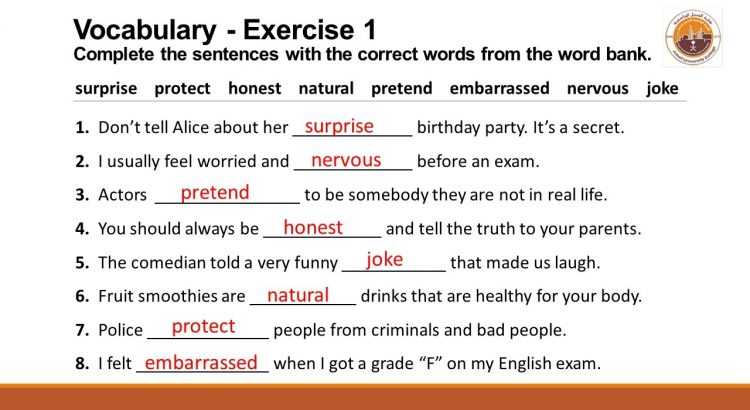 You may need military ID to access the location.
You may need military ID to access the location.
{{/if}}
{{#ifCond count 'eq' "3"}} Show More Stores {{/ifCond}}
04
Jan,
2021
You're driving on the road and you notice that your car is veering to one side. It's a scary occurrence, but it doesn't have to be.
Usually, it's caused by your tire alignment. It's an important thing to keep up with and check on frequently.
But you may be asking yourself, "how often do you need a wheel alignment?" We're here to answer that question and more.
Keep reading our guide on wheel alignment to learn more.
What Really is a Tire Alignment?If you want to keep your car in the top-shape, tire alignment is extremely important.
Using an alignment machine, the technician will align all tires with one another and the pavement. It's not a good idea to do this one yourself, as it can be dangerous if done incorrectly.
For four-wheel-drive vehicles, all four wheels will be aligned. Front-wheel drive vehicles can have the two front wheels aligned.
It's a process that is needed to keep your vehicle running its best.
What Can Happen If I Don't Get an Alignment?Neglecting to get your tires aligned can cause some big problems for you and your vehicle.
When your wheels are misaligned, it can be extremely unsafe for you. You may notice your vehicle veering to one side, making driving a little more difficult.
In addition to having to adjust the wheel to keep the car straight, you may also experience wear on the tires. This can cause the tires to wear down unevenly which can cause other problems for you as well.
How Often Do You Need Wheel Alignment?The timeline for when you need wheel alignments can differ.
In general, having your wheel realigned should be done yearly along with maintenance. This will help you be sure that your tires are always aligned.
If you change your tires, it's important that they are aligned as well.
However, if you experience problems be sure to take your vehicle in for service. Doing this will help you make sure that your vehicle is in good shape.
What Are Some Signs That You Need Tire Alignment?Many of the signs that indicate that you need a tire alignment are the same as what can happen if you don't get it done.
If you feel the vehicle pulling to one side of the road while driving, you should take it in to get realigned. You should also pay attention to the steering wheel if it's vibrating. This can also be a sign that you need an alignment.
You should also pay attention to the tires. If one tends to wear down faster than another, then you'll need to take it in to get repaired.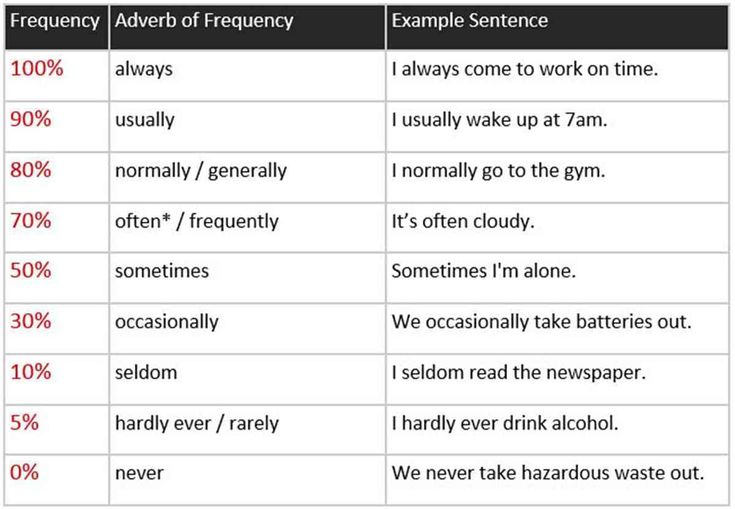
When you notice any of these signs, you should take your vehicle in.
Keep Everything In LineNow that you've asked, "how often do you need a wheel alignment," you're prepared to keep your tires in line. With this guide, you've learned good practice on how often it should be done and what can happen if you don't do it.
At Dependable Car Care, we can do tire realignment on many vehicles.
If you're looking to have your tires realigned, request an appointment for service!
How often do you really need a wheel alignment? Having your tires aligned is a regular vehicle maintenance task you don't want to go too long without.
You're driving on the road and you notice that your car is veering to one side. It's a scary occurrence, but it doesn't have to be.
Usually, it's caused by your tire alignment. It's an important thing to keep up with and check on frequently.
But you may be asking yourself, "how often do you need a wheel alignment?" We're here to answer that question and more.
Keep reading our guide on wheel alignment to learn more.
What Really is a Tire Alignment?If you want to keep your car in the top-shape, tire alignment is extremely important.
Using an alignment machine, the technician will align all tires with one another and the pavement. It's not a good idea to do this one yourself, as it can be dangerous if done incorrectly.
For four-wheel-drive vehicles, all four wheels will be aligned. Front-wheel drive vehicles can have the two front wheels aligned.
It's a process that is needed to keep your vehicle running its best.
What Can Happen If I Don't Get an Alignment?Neglecting to get your tires aligned can cause some big problems for you and your vehicle.
When your wheels are misaligned, it can be extremely unsafe for you. You may notice your vehicle veering to one side, making driving a little more difficult.
In addition to having to adjust the wheel to keep the car straight, you may also experience wear on the tires.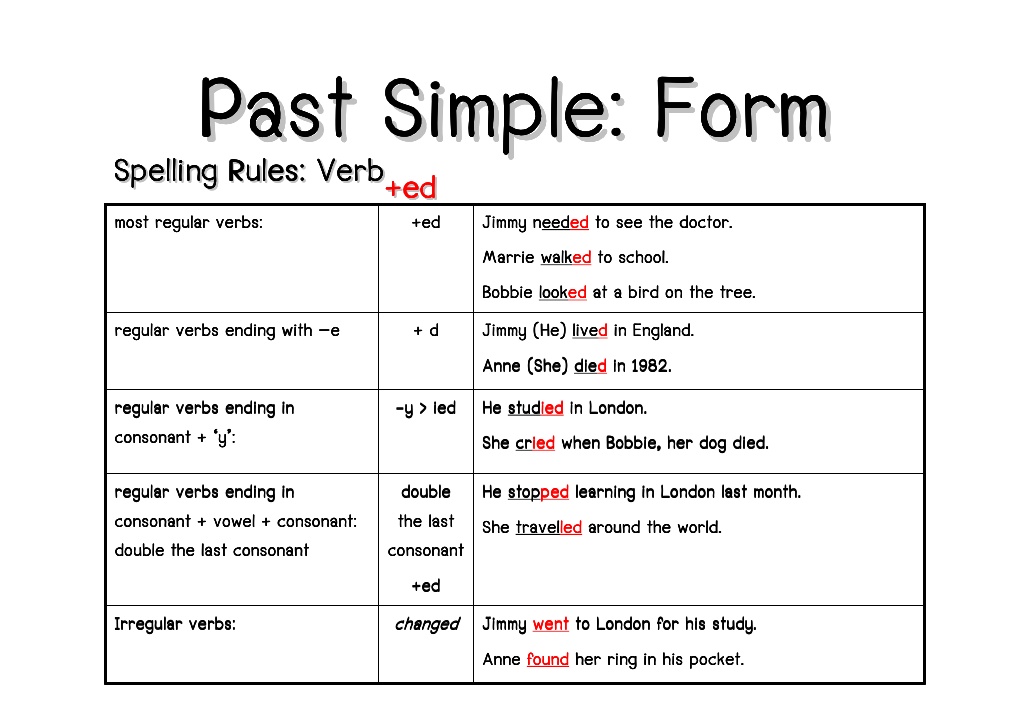 This can cause the tires to wear down unevenly which can cause other problems for you as well.
This can cause the tires to wear down unevenly which can cause other problems for you as well.
The timeline for when you need wheel alignments can differ.
In general, having your wheel realigned should be done yearly along with maintenance. This will help you be sure that your tires are always aligned.
If you change your tires, it's important that they are aligned as well.
However, if you experience problems be sure to take your vehicle in for service. Doing this will help you make sure that your vehicle is in good shape.
What Are Some Signs That You Need Tire Alignment?Many of the signs that indicate that you need a tire alignment are the same as what can happen if you don't get it done.
If you feel the vehicle pulling to one side of the road while driving, you should take it in to get realigned. You should also pay attention to the steering wheel if it's vibrating.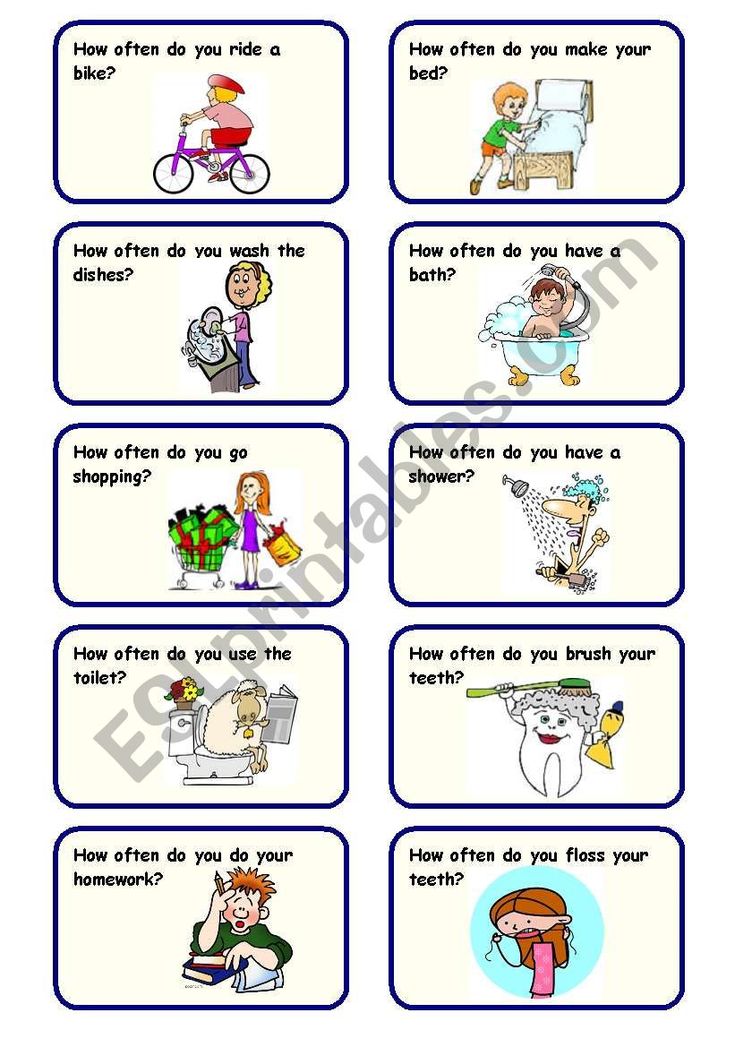 This can also be a sign that you need an alignment.
This can also be a sign that you need an alignment.
You should also pay attention to the tires. If one tends to wear down faster than another, then you'll need to take it in to get repaired.
When you notice any of these signs, you should take your vehicle in.
Keep Everything In LineNow that you've asked, "how often do you need a wheel alignment," you're prepared to keep your tires in line. With this guide, you've learned good practice on how often it should be done and what can happen if you don't do it.
At Dependable Car Care, we can do tire realignment on many vehicles.
If you're looking to have your tires realigned, request an appointment for service!
Dan Winter
Dan Winter
Home » Miscellaneous » How often to inflate the wheels of a car
If a car tire is under-inflated by at least 20%, then tire life is reduced by about a third. What if the pressure is even lower? Here we can already talk about the catastrophic destruction of the tire. And under certain circumstances, the wheel can "shoot" or disassemble - if the speed is high, the car becomes uncontrollable. How often do you check the pressure in your car tires?
What if the pressure is even lower? Here we can already talk about the catastrophic destruction of the tire. And under certain circumstances, the wheel can "shoot" or disassemble - if the speed is high, the car becomes uncontrollable. How often do you check the pressure in your car tires?
Tire manufacturers recommend checking the tire pressure every two weeks (every 2000 km for intensive driving). Because air, albeit gradually, but leaves the wheel - tire materials are not absolutely tight. Tire damage, valve leaks, etc. can be additional aggravating factors. Therefore, the pressure in the wheel is reduced. In addition, it would be useful to pick up a pressure gauge before a long trip, especially if you have to drive along highways.
Please note that the lower the temperature, the lower the tire pressure.
An even more important question - where to check? We are used to using the services of tire shops or a free compressor at some gas stations. But do they take into account that during the trip the tires heat up, and the pressure in them increases?
By the time you get to the tire shop, the tires will warm up and you will have to take this into account. How - no one will say for sure (depending on traffic conditions and weather conditions, as well as a number of other factors, the data can "dance" within a few tenths of an atmosphere). Therefore, checking and adjusting the pressure of "hot" tires is strongly discouraged. Measurements should be taken "cold", that is, before the trip, while the tires have not yet warmed up, or after a long parking (not earlier than an hour after stopping). Therefore, it is better to do it all the same in the old fashioned way: with your pressure gauge before leaving the yard.
How - no one will say for sure (depending on traffic conditions and weather conditions, as well as a number of other factors, the data can "dance" within a few tenths of an atmosphere). Therefore, checking and adjusting the pressure of "hot" tires is strongly discouraged. Measurements should be taken "cold", that is, before the trip, while the tires have not yet warmed up, or after a long parking (not earlier than an hour after stopping). Therefore, it is better to do it all the same in the old fashioned way: with your pressure gauge before leaving the yard.
Whatever all of the above is not purely theoretical, we carried out a series of measurements. First, we tested the theory about "cold" and "hot" tires (see table 1 ). On the street - minus 11 C, the car just after the night "hibernation". Three control measurements, and we make sure: the pressure is only 1.8 atmospheres instead of the recommended 2.0 atmospheres. Let's pump up the wheel later - it is important for us to find out how much the pressure gauge readings will change after the car has been on the road for some time.
| Tire condition | t ambient air | Pressure |
| "Cold" | -11 C | 1.8 bar |
| "Hot" | -10 C | 1.9 bar |
An hour in the city, 20 km behind is enough to heat the wheels. The next series of measurements gives a new result - 1.9 atm. The difference between the "cold" and "hot" checks was only 0.1 atmospheres, but, firstly, the ambient temperature was not high, and secondly, there was a measured ride, during which the tachometer needle rarely exceeded 60 km / h. Dynamic driving, driving at high speed, especially when the surface temperature is much above zero - all this will lead to the fact that the run-up will be much greater. By the way, changing tire pressure while driving is just the "evil" that you have to deal with in the world of motorsport. After all, the entire potential of the car, ultimately, depends on the contact of the wheels with the road, but what it will be like is just a matter of correctly set pressure. Naturally, it is selected taking into account a number of factors, including the predicted heating of tires.
By the way, changing tire pressure while driving is just the "evil" that you have to deal with in the world of motorsport. After all, the entire potential of the car, ultimately, depends on the contact of the wheels with the road, but what it will be like is just a matter of correctly set pressure. Naturally, it is selected taking into account a number of factors, including the predicted heating of tires.
But that's sports, but for civilian driving there are rules. And they are as follows: the pressure is set in accordance with the manufacturer's recommendations - at the set value and at the moment when the tires are "cold".
Well, what about the dependence of the readings on the ambient temperature? We placed the same wheel in three different climates (see table 2 ). First, it spent 12 hours in a warm box at an air temperature of 18 C - the pressure was 2.2 atm. Then another 12 in a cold box at an air temperature of minus 3 C. The pressure dropped by 0. 05 atm - up to 2.15 atm. A little? Well, now one night in the trunk of a car, where minus 12 C was observed by morning. The pressure dropped to 1.95 atm - compared to the original value, it decreased by 0.25 atm!
05 atm - up to 2.15 atm. A little? Well, now one night in the trunk of a car, where minus 12 C was observed by morning. The pressure dropped to 1.95 atm - compared to the original value, it decreased by 0.25 atm!
| Wheel storage | t ambient air | Pressure |
| Warm box | 18 C | 2.2 bar |
| Cold box | - 3 C | 2.15 bar |
| Street | - 12 C | 1.95 bar |
This data confirms the theory that when the ambient temperature fluctuates slightly, no pressure correction is required. But when the jump is more significant (for example, in our case it was 30 C), the difference will be much more significant (again, in our case it was more than 10% of the original value). But getting such a run is not so difficult: take a “warm” wheel from a heated garage, set the pressure, then install it on a car that drives on winter roads - here you have a difference of several tens of degrees ...
But when the jump is more significant (for example, in our case it was 30 C), the difference will be much more significant (again, in our case it was more than 10% of the original value). But getting such a run is not so difficult: take a “warm” wheel from a heated garage, set the pressure, then install it on a car that drives on winter roads - here you have a difference of several tens of degrees ...
Properly set pressure not only contributes to the maximum life of the tires, but also ensures comfortable and safe driving, and allows the most efficient use of all its technical potential.
Inflated tires make the car react more sharply, help to reduce fuel consumption (after all, rolling resistance is reduced). But at the same time, the car goes through all the bumps harder - both driving comfort and suspension resource suffer. In addition, the tire itself wears out unevenly - the middle part of the tread tread is "erased" faster.
Insufficient pressure causes increased tire deformation, heating, which leads to accelerated wear or destruction.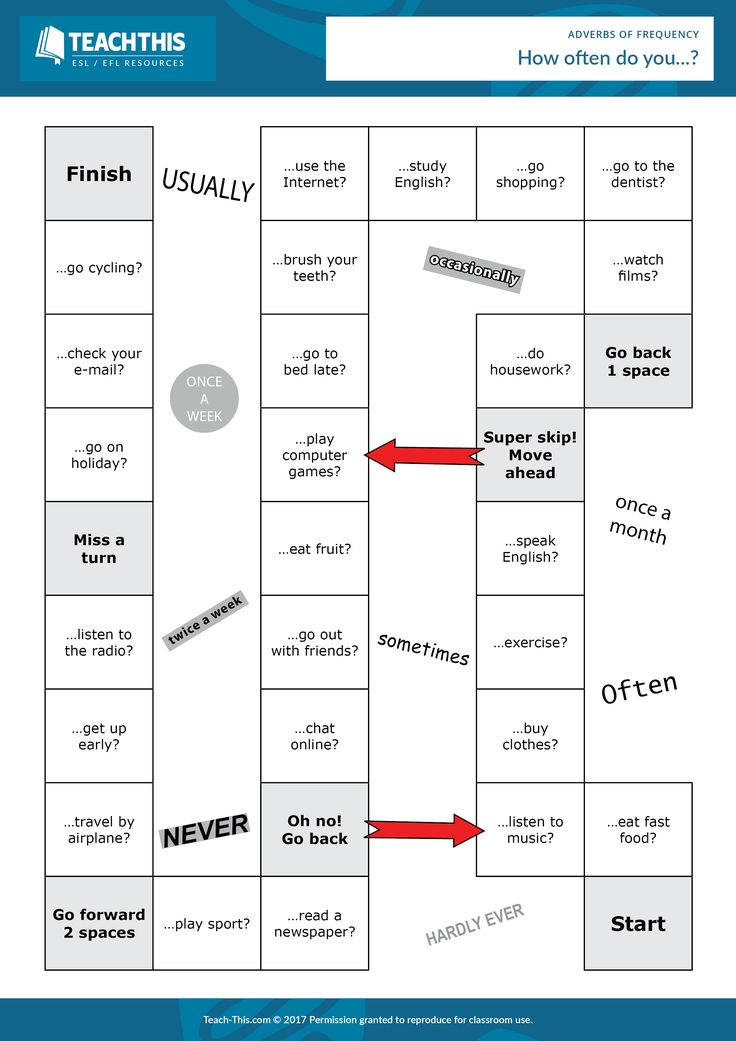 Rolling resistance increases, resulting in increased fuel consumption. Handling deteriorates, there is a risk of slipping of the tire relative to the rim, and the likelihood of a tire “breaking” in a sharp turn increases, as a result of which contact of the rim with the road is possible, which is already fraught with a coup. Naturally, all this is a consequence of extremely low pressure, which, as a rule, rarely reaches. Usually, even the most "lazy" owners get off with only increased fuel consumption and accelerated tire wear.
Rolling resistance increases, resulting in increased fuel consumption. Handling deteriorates, there is a risk of slipping of the tire relative to the rim, and the likelihood of a tire “breaking” in a sharp turn increases, as a result of which contact of the rim with the road is possible, which is already fraught with a coup. Naturally, all this is a consequence of extremely low pressure, which, as a rule, rarely reaches. Usually, even the most "lazy" owners get off with only increased fuel consumption and accelerated tire wear.
But sometimes low blood pressure is good. Indeed, in this case, the contact patch with the road increases - this quality can be used when driving off-road on soft ground. But then, having driven onto a paved road, it is necessary to pump up the tires to the required pressure value.
It is believed that the condition of the tires can be determined with what pressure they were used. Uniform wear indicates that the pressure was normal or close to the recommended values.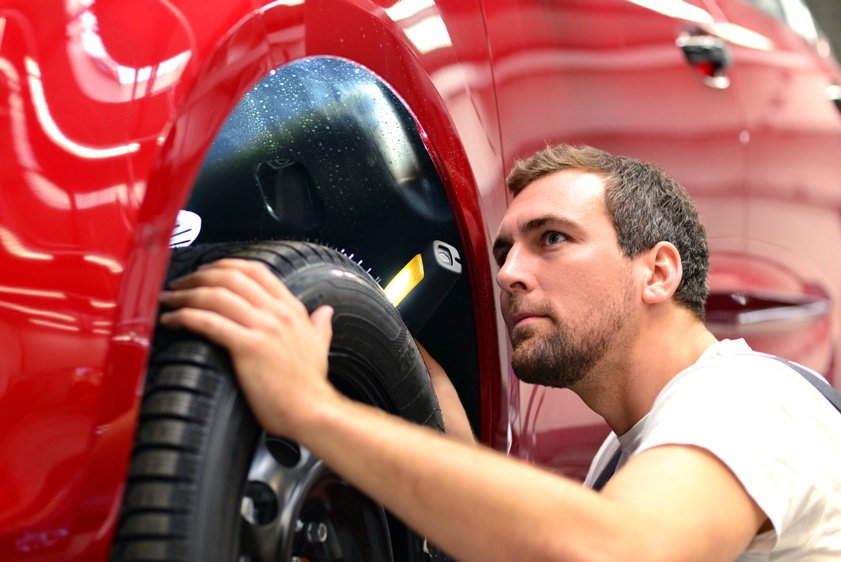 A worn out middle part of the tread is a sign that the owner preferred to pump the tires, but with reduced pressure, the side parts of the tread suffer more.
A worn out middle part of the tread is a sign that the owner preferred to pump the tires, but with reduced pressure, the side parts of the tread suffer more.
For each model, the automaker recommends its own tire pressure values, and they can be individual for each modification or depend on the tire size. It should also be noted that the tire pressure on the front and rear axles may differ. Often, the automaker indicates two values: for a car with a partial load (with a driver and a passenger) and with a full one - in the second case, the pressure should be increased by 0.2-0.3 atm (the second value is also recommended for long trips at high speeds). The manufacturer's data is indicated in the operating instructions, as well as in the car itself - usually an information plate is placed on the inside of the gas tank hatch or in the doorway on the driver's side (on the central pillar or on the end of the door).
At the very least, many motorists still follow the "main" wheels, but the spare one, as a rule, is left without attention, and when the X-hour comes, the "spare wheel" is usually empty.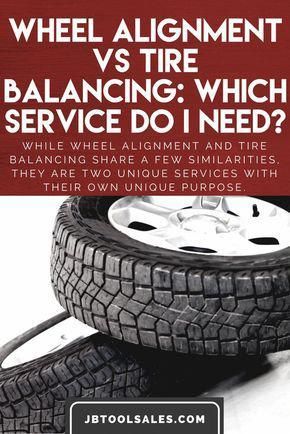 Therefore, it is recommended not only to periodically check the pressure in the fifth wheel, but also to pump it by about 0.3 atm - in reserve.
Therefore, it is recommended not only to periodically check the pressure in the fifth wheel, but also to pump it by about 0.3 atm - in reserve.
P. S. The behavior of the car on the road largely depends on the correct tire pressure. We told you how to do this, although it could be easier to say: follow the manufacturer's recommendations. And do not be lazy to check the wheels from time to time, because this is the key to your safety.
I love the article! Share love!
In preparation for returning to work after the birth of my first child, I had many questions and concerns about pumping. I honestly had no idea what I was doing and felt like I just screwed up. It took some trial and error to figure out how often I needed to pump to replace the ounces my child was drinking while I was away from him.
You might think that one pumping session would equal one feeding your baby takes. Seems logical, right? Well, unfortunately, this is not always true for every mom. Your baby is much more efficient at pulling milk out of the breast. A pump, even a strong one (such as a power pump for hospitals), is still not as efficient as your child.
Your baby is much more efficient at pulling milk out of the breast. A pump, even a strong one (such as a power pump for hospitals), is still not as efficient as your child.
Some mothers will get enough milk during pumping without problems, but others will need to pump several times to equal one feeding. So when you work during the day for limited hours, it may seem like it's enough for a baby to pump enough milk.
So, how often should you pump at work?
The rule of thumb is to replace all feeds your baby takes during breaks with pumping. Depending on how old your child is and if he is taking solids, you may be able to pump every 2-3 hours.
Sarah Wells Lizzy Bag
So, if you work 8-hour shifts and your child takes 3 bottles on time, you'll want to pump at least 3 times. Now, this may or may not give you ounces you need to replace what your child takes throughout the day. It may take some trial and error to figure out how your body responds to more and less exercise throughout the day.
Including my commute, I was away from my son for about 10 hours a day. I downloaded about 5 times during the day.
This may seem like a lot, but I've embraced this science. I actually only got pumped at work twice. Yes, twice. Here's my secret: Bleed while driving. Yes, you read that right, I pumped while driving. HUGE time savings.
So my day looked something like this:
As you can see, I didn't download 5 times during my work. I only downloaded twice in the office. The rest was done in the car or at home. I've been lucky to pump anywhere between 3-6 ounces each pump session. I had no problem changing the 4 bottles my child took at daycare during the day, pumping it frequently.
But don't be discouraged if you need to download more often. Adding an extra pumping session in the morning or at lunchtime or in the evening at home would also work to get extra ounces. Remember that pumping (like breastfeeding) is about supply and demand. The more you do this, the more milk your body produces. So even if you start by getting only a little bit from each session, keep up the good work and with time and consistency, you will see an increase!
Remember that pumping (like breastfeeding) is about supply and demand. The more you do this, the more milk your body produces. So even if you start by getting only a little bit from each session, keep up the good work and with time and consistency, you will see an increase!
Spectra S1
Get Strong Pump - Not all pumps are made equal. Pump strength can be the difference between pumping 2 ounces vs 4 ounces. Some moms can pump just fine with either pump. Others need that extra push to get more milk. Buying a quality pump is the key. (Spectra is a great option if you need a hospital grade power pump!)
(Spectra is a great option if you need a hospital grade power pump!)

It may seem like a lot when you first start it up, but rocking while you work will quickly become your new normal. You may need to try a few things before you find the right schedule for you and your child. But keep in mind that despite the challenges of the times, you can find a balance between work and breastfeeding.
If you haven't checked out my sample upload schedule yet, click here to see it now!
It takes a lot of sacrifice and hard work to pump while working. I recommend any mom who can do it! If you have any tips to share, I'd love to hear them. Leave me a comment below!
Happy Pumping!!
Find out how to make a Stash freezer from breast milk!
Check out what I packed into my pump for work!
Need a stylish pump bag for work? Find out why I love this bag!
, Get to know your car: how often should the wheels be aligned?
Owning a car comes with many responsibilities. You need to maintain your vehicle regularly to get the most out of it. If proper care is not taken, not only can damage your vehicle, but it can also lead to accidents. Aligning your car wheels regularly is one of the main things you need to take care of when purchasing a car.
You need to maintain your vehicle regularly to get the most out of it. If proper care is not taken, not only can damage your vehicle, but it can also lead to accidents. Aligning your car wheels regularly is one of the main things you need to take care of when purchasing a car.
Wheel alignment refers to checking and adjusting the angles of each wheel relative to each other and the vehicle. Incorrect alignment of your vehicle's wheels can result in shortened tire life. Proper wheel alignment is essential for good vehicle handling and plays a very important role in prolonging tire life. Signs of improper wheel alignment:

As a car owner, it is important to know how often wheel alignment needs to be done.
Some occasions when you need to perform a wheel alignment for your vehicle:
 However, if you notice that it doesn't, it could be due to improper wheel alignment. This is the time when you need to go for the wheel alignment of your car to be done.
However, if you notice that it doesn't, it could be due to improper wheel alignment. This is the time when you need to go for the wheel alignment of your car to be done. What can cause misalignment of the wheels?
Benefits of aligning your car's wheel:
 The treads on your tires have a direct effect on your car's stopping distance. If you want to extend the life of your tires, you need to get your wheels aligned regularly
The treads on your tires have a direct effect on your car's stopping distance. If you want to extend the life of your tires, you need to get your wheels aligned regularly it is important as a car owner to be able to identify signs of your wheel being misaligned. It is generally recommended to get the wheels aligned every 2-3 years. However, for optimal safety of your vehicle, yourself and those around you, it is best to opt for wheel alignment every time you go to change your vehicle's oil.
It is also important to visit a reputed service center to align your vehicle's wheels. Experienced and experienced car services will be able to align your wheels as needed. You should avoid doing this yourself as it could cause more damage to your vehicle. Find the best service center near you and take your vehicle for regular service and wheel alignment to ensure your vehicle is maintained and operated optimally.
,
Battery terminal | Micah Wright / Autos Cheat Sheet
With the rise of car sharing and the push for mass transportation and fewer car introductions on the roads, people in cities are driving their cars less, preferring instead to park them for long periods of time.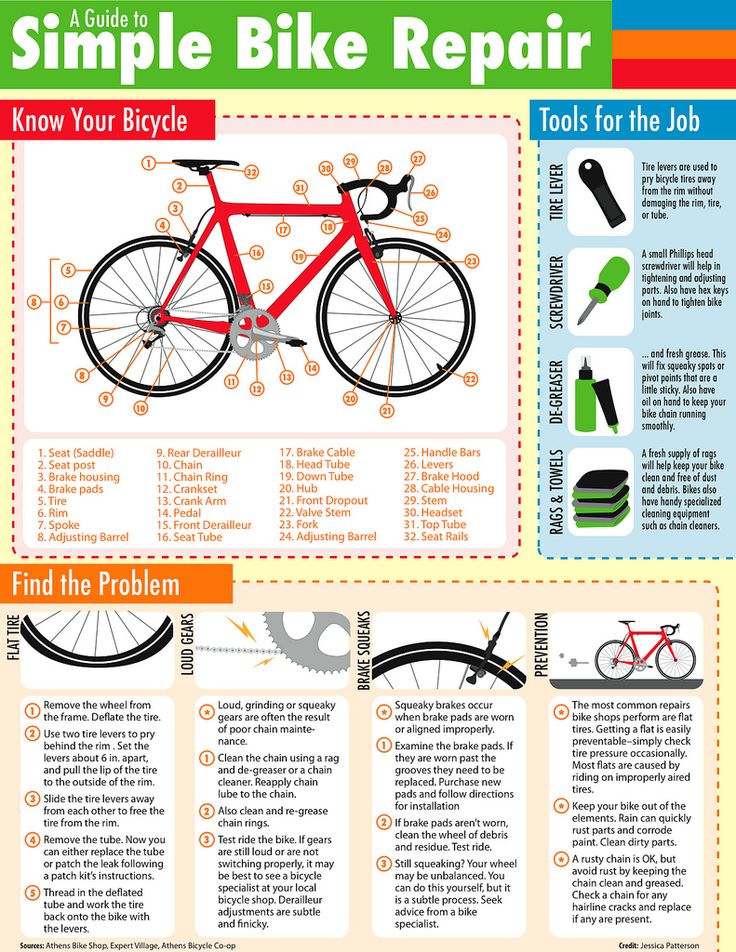 Of course, car sales have been impressive lately, but overall interest in driving continues to decline as congested roads and inclement weather make crowds of Americans even more frustrated with driving. trips, hail, cycling and public transport continues to grow as many people keep a car just for things like road trips.
Of course, car sales have been impressive lately, but overall interest in driving continues to decline as congested roads and inclement weather make crowds of Americans even more frustrated with driving. trips, hail, cycling and public transport continues to grow as many people keep a car just for things like road trips.
But things don't always go according to plan. After not driving for a short period of time, it is alarming when it just won't start one morning. While there is debate about how often someone should start their car—ranging from one week to an entire month—several factors must be considered before including a car on a dedicated “launch schedule.”
Connecting cables | Mika Wright / Autos Cheat
The Chicago Tribune worked on winter parking tips some time ago, noting that while many people turn off electrical accessories such as heating, radios, and interior lights to prevent battery drain, "killing electrical loads isn't necessary, so how they are bypassed during launch. ” The post also says that if you don't have access to a garage, try hooded parking as close to the building as possible to best protect your nose from the subarctic cold. Because occupied buildings tend to be warmer than, say, a wide open parking lot, there's a chance that the radiant heat given off from the structure could also help keep the battery from fully depleting.
” The post also says that if you don't have access to a garage, try hooded parking as close to the building as possible to best protect your nose from the subarctic cold. Because occupied buildings tend to be warmer than, say, a wide open parking lot, there's a chance that the radiant heat given off from the structure could also help keep the battery from fully depleting.
Since cold weather tends to drain batteries faster than anything else, we reached out to a CBS station in Minneapolis that covered car launches to keep batteries full of juice. Paul Hagen, owner of Hagen's Auto Body, explained to a news source that when it's cold outside, the chemical reactions taking place inside the battery are much slower and produce less power. Also, when the oil gets very cold, it tends to stagnate, which makes it even more difficult to rotate the engine, which leads to an increase in battery power.
If your car doesn't start right away, Hagen suggests turning off accessories like the heater and radio, then turning the engine on for 10-15 seconds, but don't stop it after that.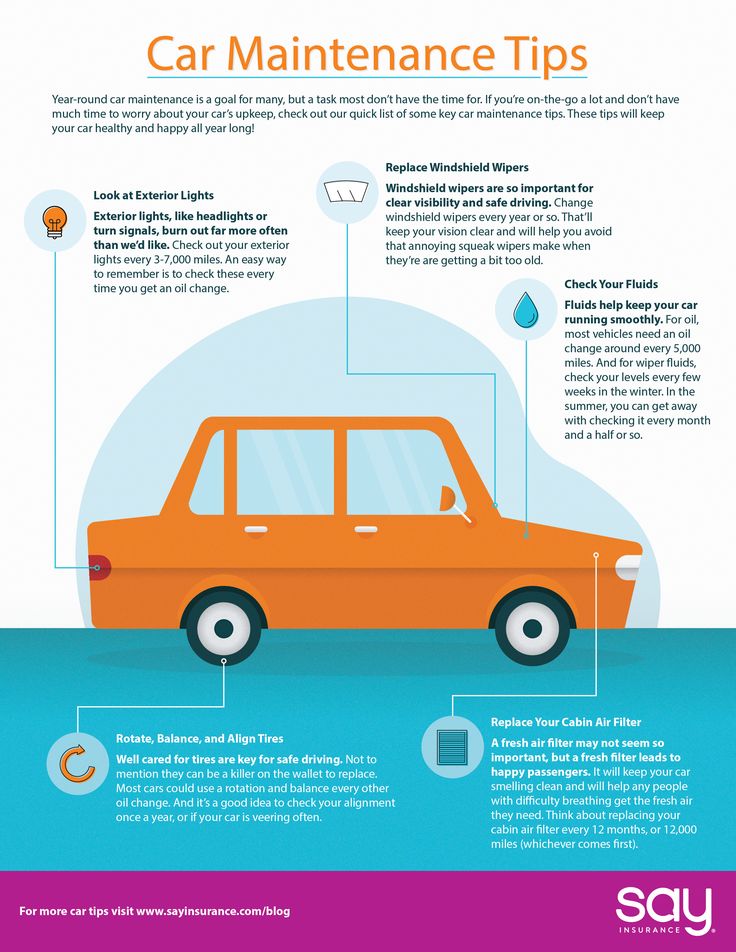 If you are unlucky with getting started, leave the car for a couple of minutes, then pump the gas pedal once and try again. Just remember that if the battery is not fully charged, it can freeze, which is one of the main reasons motorists face in northern climate.
If you are unlucky with getting started, leave the car for a couple of minutes, then pump the gas pedal once and try again. Just remember that if the battery is not fully charged, it can freeze, which is one of the main reasons motorists face in northern climate.
braille carbon car battery | Micah Wright / Autos Cheat Sheet
A rather in-depth article by Allstate Insurance also touches on this topic, saying that you should "never forget the vehicle's power source: the battery" when storing for long periods. Even in warmer climates, the risk of a car not starting after a few weeks increases every day.
Preventive measures usually include removing the device completely and placing it in a safe place such as a garage or basement, or storing it in a tray and hoping for the best. Regardless of which direction you may be heading, we highly recommend purchasing a manual charger or battery pack with an auto-shutoff or float function that ensures the battery is not overloaded. Be sure to unplug the charger before starting the car and leave it plugged in for a minute or two so that the engine oil can reach its optimum operating temperature so it can properly lubricate everything.
Be sure to unplug the charger before starting the car and leave it plugged in for a minute or two so that the engine oil can reach its optimum operating temperature so it can properly lubricate everything.
But not everyone has the opportunity to park their car in the garage, put the charger on the battery and leave. Some of us are not allowed to use outdoor electrical outlets and safe storage areas and must decide whether to leave the car's battery under the hood or remove its fasteners and pull them inside.
Haynes The Iconic Workshop Celebrates 50th Anniversary | Matt Cardy/Getty Images
While we are a fan of using batteries indoors for safe storage to eliminate any risk of hypothermia in the Subarctic, we also advocate a quick shutdown of the negative terminal, which should work as a last resort. This should only be done outside of the winter months or if you live in a mild climate and this is and not a permanent solution as the batteries will drain if left unattended over time. Just be sure to disconnect the negative lead and avoid the more dangerous positive because a nasty burn can occur, or worse if the end of that metal ratchet hits the frame or other node of the battery.
Just be sure to disconnect the negative lead and avoid the more dangerous positive because a nasty burn can occur, or worse if the end of that metal ratchet hits the frame or other node of the battery.
So, whether you want to store the battery in your car or disconnect it at home, we recommend turning the engine over and going for a walk in harsh cold conditions at least once a week just to be on the safe side.
Follow Autos cheat sheet on Facebook
,
Category: Operation and maintenance
Article reading time: 4 minutes
Save to bookmarks
Many car enthusiasts in Russia are well aware of such a service as alloy wheel straightening.
Many car enthusiasts in Russia are well aware of such a service as alloy wheel straightening. Everyone knows the state of our roads, so an experienced driver can “catch” a hole or bump while driving. Because of this, even an alloy wheel can lose its original shape.
For example, after severe damage, the metal part of the wheel is deformed from a circle into a figure eight. In this case, any adequate driver gives the product for restoration to the service or buys a new set.
In this article we will talk about the most popular types of rims, consider their advantages and disadvantages. We will also briefly describe how damage is rectified at the service station.
Manufacturers produce several basic options for disk products, which are usually divided according to material and manufacturing method:
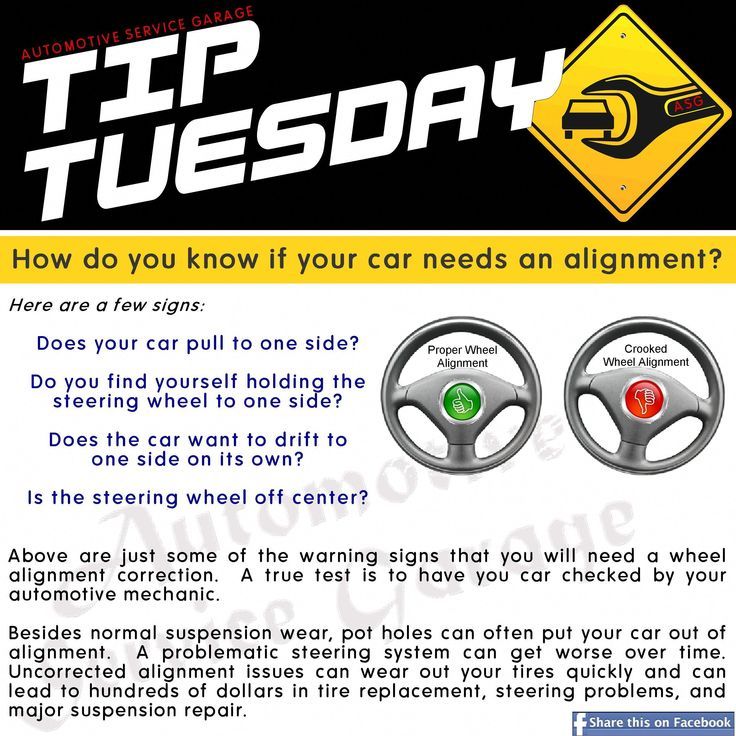 For example, when hitting a pit, the steel rim does not split, but bends. Such dents can be easily rolled on a special machine. The main disadvantages of shampovkas are their heavy weight and unpresentable appearance. The increased mass leads to increased fuel consumption, reduces the vehicle's controllability, and excessively loads the elements of the running gear. In addition, the car owner has to regularly paint the stamping with an anti-corrosion compound and use plastic caps.
For example, when hitting a pit, the steel rim does not split, but bends. Such dents can be easily rolled on a special machine. The main disadvantages of shampovkas are their heavy weight and unpresentable appearance. The increased mass leads to increased fuel consumption, reduces the vehicle's controllability, and excessively loads the elements of the running gear. In addition, the car owner has to regularly paint the stamping with an anti-corrosion compound and use plastic caps.  In addition, casting technology allows you to produce products of different designs for any car. However, these wheels are very difficult to repair. Often, after damage, microcracks appear on the rim, which lead to a subsequent split even with minor impacts.
In addition, casting technology allows you to produce products of different designs for any car. However, these wheels are very difficult to repair. Often, after damage, microcracks appear on the rim, which lead to a subsequent split even with minor impacts. Next, consider whether it is possible to straighten an alloy wheel and how damage is repaired in a car repair shop.
Alloy rims are much stronger than stamping, so restoring the original wheel geometry is a rather laborious procedure. If the damage is small, then rolling the rims can be done "cold". In case of significant deformation - for example, the rim is bent into a figure-eight, the damaged areas are leveled only after preheating.
In case of significant deformation - for example, the rim is bent into a figure-eight, the damaged areas are leveled only after preheating.
If cracks appear after a strong impact, argon-arc welding is used to restore the integrity of the rim. With its help, the gaps are welded. Microcracks are also repaired by welding.
Winter Drive protection
Tires Goodyear UltraGrip Arctic 2 SUV
Winter Drive Protection Sound Comfort
Rating:
4.5
Tires Goodyear UltraGrip Ice 2
Winter Drive protection
Tires Goodyear UltraGrip Performance+ SUV
Winter Drive protection
Tires Goodyear UltraGrip Arctic 2
Winter Drive Protection Run On Flat Sound Comfort
Tires Goodyear UltraGrip Performance+
How wheel deformations are corrected in a car workshop:
 Specialists remove the tire from the damaged rim to determine the cause of the deformation. For example, the figure eight can be seen immediately, while cracks and micro-ruptures become visible only after a thorough inspection.
Specialists remove the tire from the damaged rim to determine the cause of the deformation. For example, the figure eight can be seen immediately, while cracks and micro-ruptures become visible only after a thorough inspection. Straightening alloy wheels is quite difficult without special equipment. Therefore, in the auto repair shop, rolling machines and professional tools should be available to straighten dents and weld cracks. Accordingly, a quality service cannot be cheap.
Before repairing a damaged rim in a body shop, you need to understand the pros and cons of this process.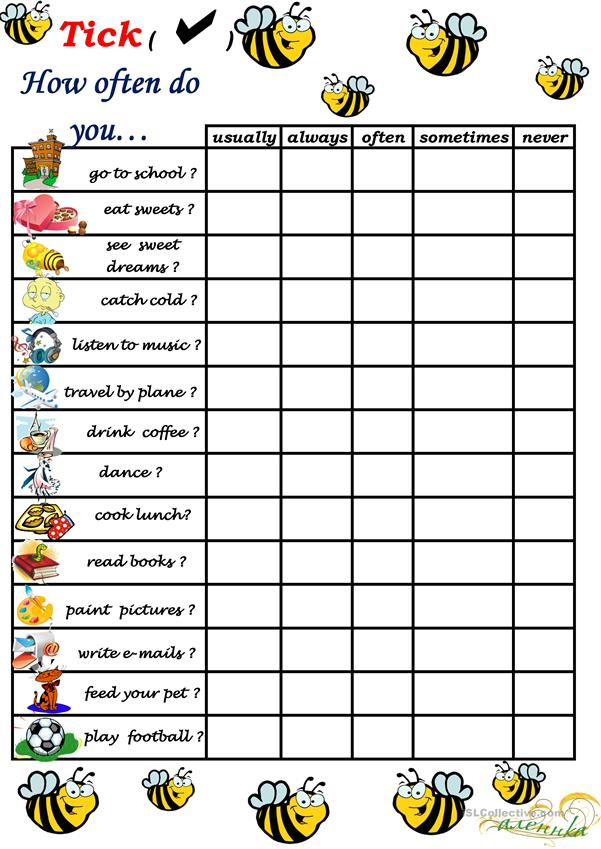 For example, you may decide that it will cost more to fix an 8 than to buy a new set.
For example, you may decide that it will cost more to fix an 8 than to buy a new set.
Reasons why straightening an alloy rim is beneficial:
A few words about why it is not profitable to straighten a cast rim. No one will give you a 100% guarantee that there will be no problems with a repaired wheel while driving. Straightening and welding of cracks allows you to “pat up” the rim, but only for a short time. It is possible that you will have to align the wheels regularly, and this is already expensive.